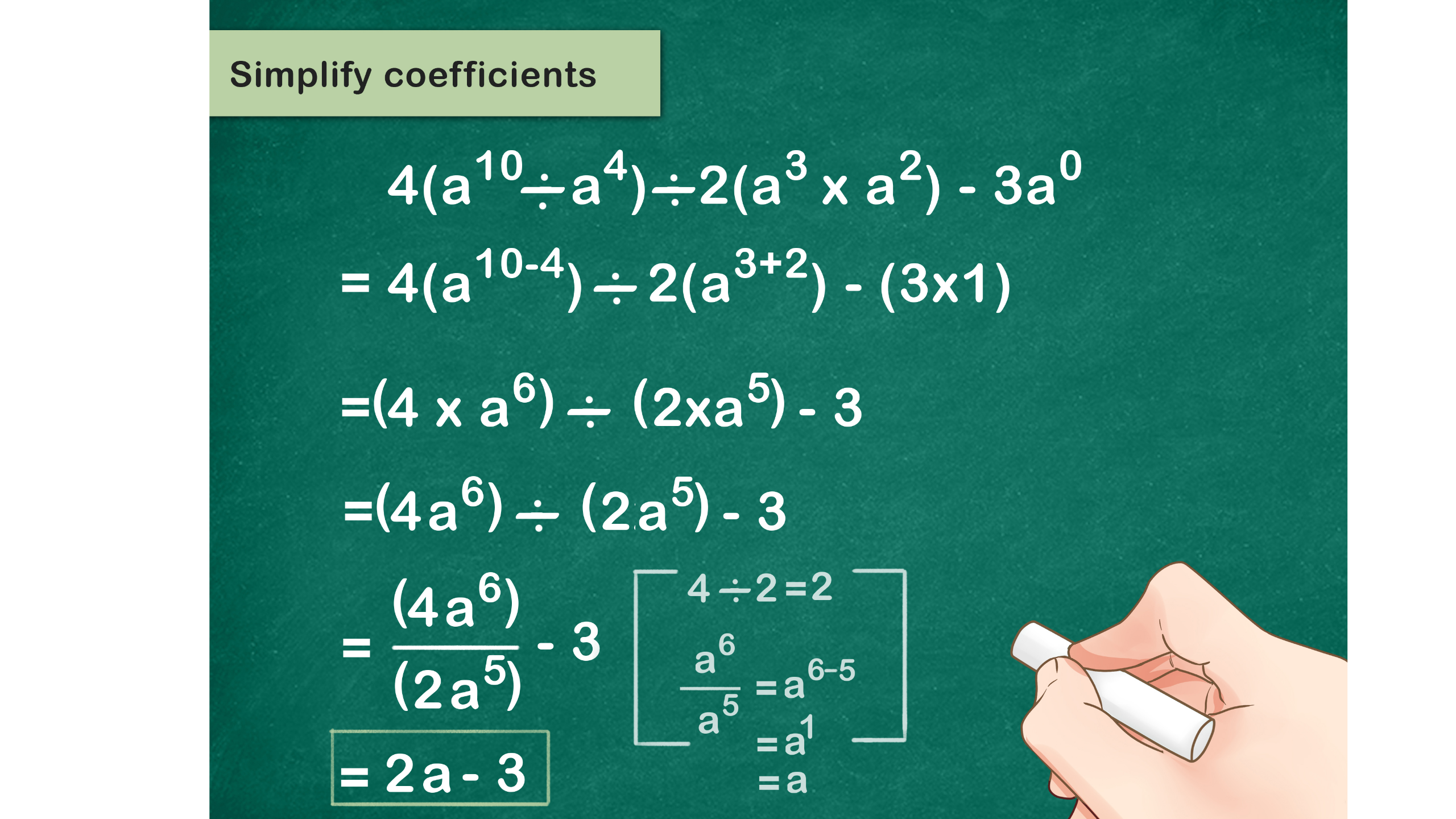Traditional teaching methods, not algebra itself, create barriers to learning by emphasizing memorization over understanding and failing to connect abstract concepts to real-world applications. In this article, we explore more effective ways to teach this fundamental high school subject.

Algebra gets a bad rap. Students dread it, parents fear helping with homework, and even some teachers approach it with apprehension. But here's the truth: algebra itself isn't the villain in this educational story.
Algebra is simply a language, a powerful and precise language that helps us describe patterns, relationships, and solve problems across countless fields. From engineering and science to finance and computer programming, algebra serves as a fundamental tool that powers much of our modern world. So why do so many students struggle with it?
"The answer lies not in the subject but in how we teach it," says 9th Grade Algebra Made Easy, the creator of . "In our research, we found that traditional algebra instruction often creates unnecessary barriers between students and mathematical understanding."
In the following section, 9th Grade Algebra Made Easy explains where educators are falling short and what can be done instead.
One of the most significant failures in traditional algebra instruction is teaching abstract concepts without meaningful context. When students encounter expressions like "2x + 3y = 12" without understanding what the variables represent in practical terms, mathematics becomes a meaningless symbol-manipulation exercise.
Humans naturally learn through connection and context. Our brains are wired to make sense of new information by relating it to what we already know. When algebra is taught as a collection of abstract rules and procedures without connecting to familiar scenarios, students miss the crucial "why" behind the mathematics.
Traditional algebra classrooms often employ a single teaching method, typically favoring students who learn best through verbal or symbolic instruction. This approach leaves behind visual learners, kinesthetic learners, and those who benefit from collaborative or contextual learning environments.
Traditional algebra teaching often prioritizes memorization of formulas and procedures over conceptual understanding. This approach creates students who can manipulate equations but don't grasp what those equations actually represent. They might correctly solve for x but have no idea what x means in context or why finding x matters.
This shallow learning leads to frustration when students encounter problems that don't match the exact patterns they've memorized.
Successful begins by anchoring abstract concepts in concrete, relatable situations. Rather than starting with variables and equations, effective teachers begin with problems students find meaningful, then introduce algebraic notation as a tool to solve those problems.
"For example, instead of introducing linear equations abstractly, teachers might present scenarios about the cost of a Netflix subscription or saving for a new video game," says 9th Grade Algebra Made Easy. "When students see how algebraic thinking helps them make better decisions about real issues, they develop both motivation and understanding."
Effective algebra instruction uses multiple representations of mathematical relationships. While traditional approaches often emphasize symbolic manipulation (equations and expressions), successful teachers incorporate visual models, graphs, tables, and physical manipulatives to help students see algebraic relationships from different perspectives.
Strong algebra instruction builds conceptual foundations before introducing formulas and procedures. Instead of beginning with 'Here's how you solve a quadratic equation,' effective teachers might start with examinations of growth patterns that lead naturally to quadratic relationships.
Effective algebra instruction acknowledges that students learn at different paces and in different ways. Rather than forcing all students through identical sequences at identical speeds, successful teachers create flexible learning pathways that allow students to progress based on understanding rather than time spent.
Mathematics, contrary to popular portrayal, is not a solitary activity. In professional settings, mathematicians and professionals who use mathematics regularly collaborate, discuss approaches, and build on each other's insights. Yet traditional algebra instruction often emphasizes individual, silent work.
Effective algebra classrooms use the power of collaborative problem-solving through:
These collaborative approaches develop not only mathematical understanding but also the communication skills needed to express mathematical thinking clearly, a crucial skill in today's data-driven workplace. When students articulate their mathematical reasoning to peers, they clarify their own understanding and develop deeper conceptual knowledge.
The evidence is clear: the challenge of algebra education isn't that the subject is inherently difficult or that some students simply "don't have mathematical minds." Rather, the challenge lies in transforming our approach to teaching algebra in ways that connect with how students actually learn.
"By moving toward teaching methods that emphasize practical connections, visual understanding, conceptual foundations, personalized pathways, and collaborative problem-solving, we can dramatically improve algebra success rates and mathematical confidence," 9th Grade Algebra Made Easy states.
They add that for educators who need help implementing some of these strategies, are now available that show how to turn abstract algebraic concepts into digestible bits.
